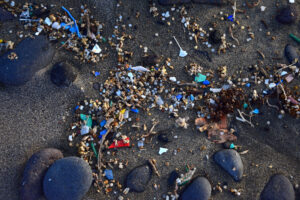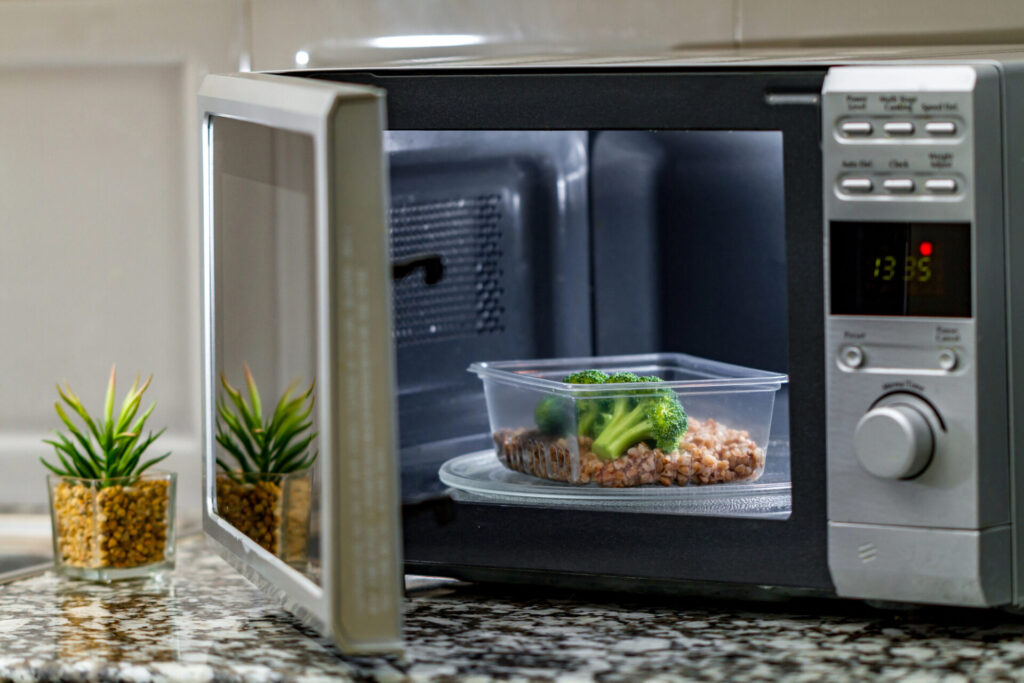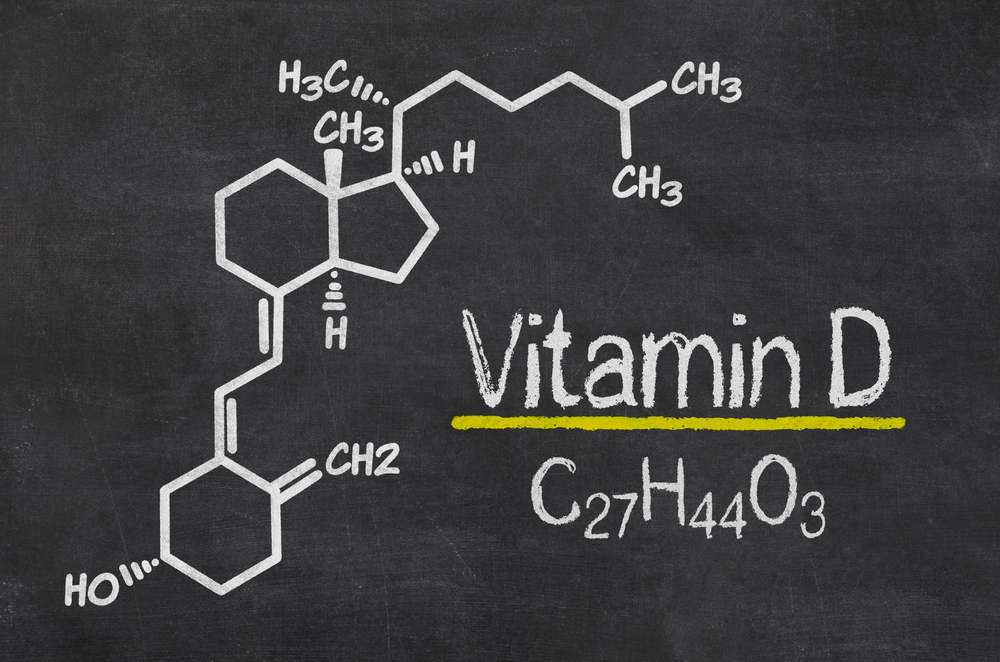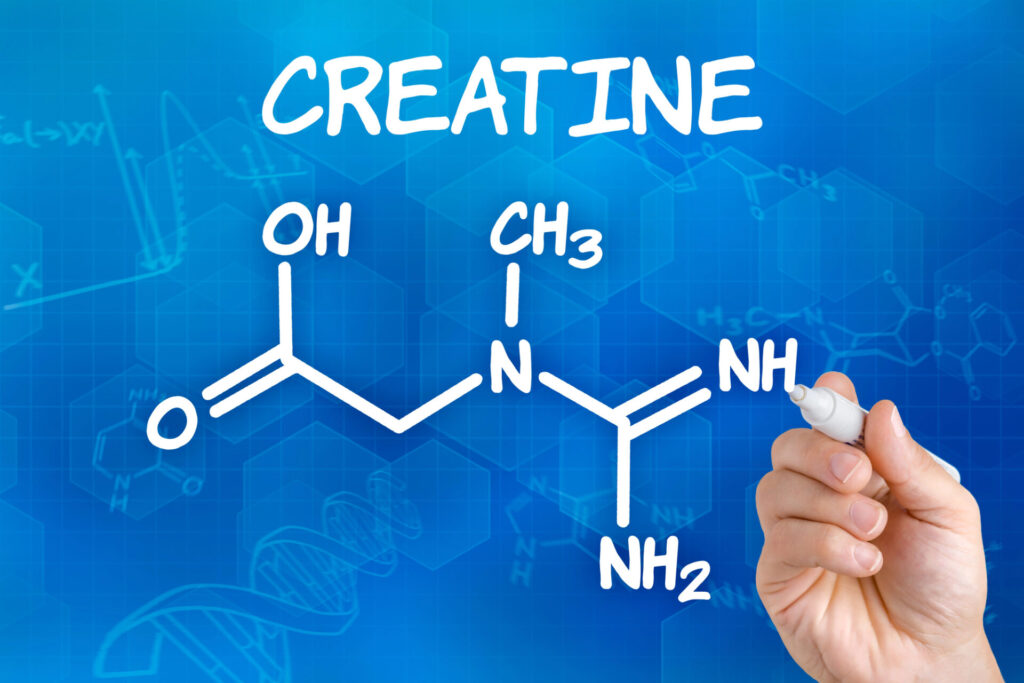Plastic is ubiquitous in today’s environment and we see negative repercussions on cardiovascular health. A recent New England Journal of Medicine article showed that patients with microplastics and nanoplastics (MNPs) detected in carotid plaques had higher risk of myocardial infarction, stroke, or death from any cause.
Plastics enter the human body via inhalation, skin contact, and mainly through ingestion. Heating certain plastics increases plastic particle concentration, which leaches into containers and is consumed. One study showed that microwaving plastic containers for 3 minutes releases 4.22 million microplastics and 2.11 billion nanoplastics per square centimeter, which is significant. Refrigeration and room-temperature storage even releases MNPs, though not as much as heating the plastic.
A two-part study published in Ecotoxicology and Environmental Safety evaluated the effects of plastic on the cardiovascular system. Researchers employed a questionnaire-based assessment and a rat study to investigate underlying mechanisms.
Questionnaires were distributed randomly to 3179 people looking for a correlation between plastic exposure frequency and self-reported CVD. After adjusting for relevant factors (age, sex, ethnicity, residence, income, education level, eating, exercise, smoking, drinking, income, marital status, sleep quality), more frequent plastic exposure was associated with congestive heart failure (CHF).
The second part of the study involved rats consuming leachate from disposable plastic takeout containers exposed to boiling water for 1 minute, 5 minutes, or 15 minutes over three months. Rat cardiac tissue was studied by staining and electron microscopy. They noticed inflammatory cell infiltration, mitochondrial swelling, myocardial fiber rupture, and increased serum indicators of oxidative stress and inflammation. Effects were seen in all 3 groups and worse in rats fed leachate with the longest plastic contact time. Myocardial inflammation contributes to endothelial dysfunction, myocardial fibrosis, left ventricular hypertrophy, and increases the risk of heart failure.
Interestingly, the group also studied rat fecal samples for microbiota and metabolomics analysis. The microbiome’s connection to every organ is becoming more evident as hundreds of studies are published each year. This study showed altered gut microbiota diversity, composition, and metabolites in rats receiving the plastic leachate compared to controls. This alteration may play a role in inflammatory changes and oxidative stress impacting CVD.
There were limitations with the study. It found that increased plastic exposure was linked to CHF in older adults, who may have higher exposure due to convenience factors like takeout or microwave meals. These foods, often of lower quality, can contribute to CVD, and the study didn’t clarify whether diet quality was considered. Additionally, the rat microbiome differs from a human microbiome, although microbiome disruption has been observed in humans after using disposable plastic food containers.
Conclusions
Even though studies have yet to prove causality, plastic exposure may be a risk factor for cardiovascular disease. MNPs have been found in other human tissues including lungs, liver, placenta, breast milk, urine, and blood. Plastics contain endocrine disrupting chemicals and have carcinogenic potential. It would be prudent to encourage all patients to decrease plastic use and never eat or drink food or liquid from heated plastic containers.
RELATED:







